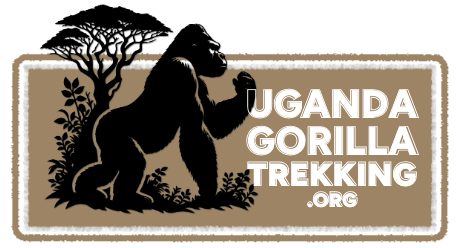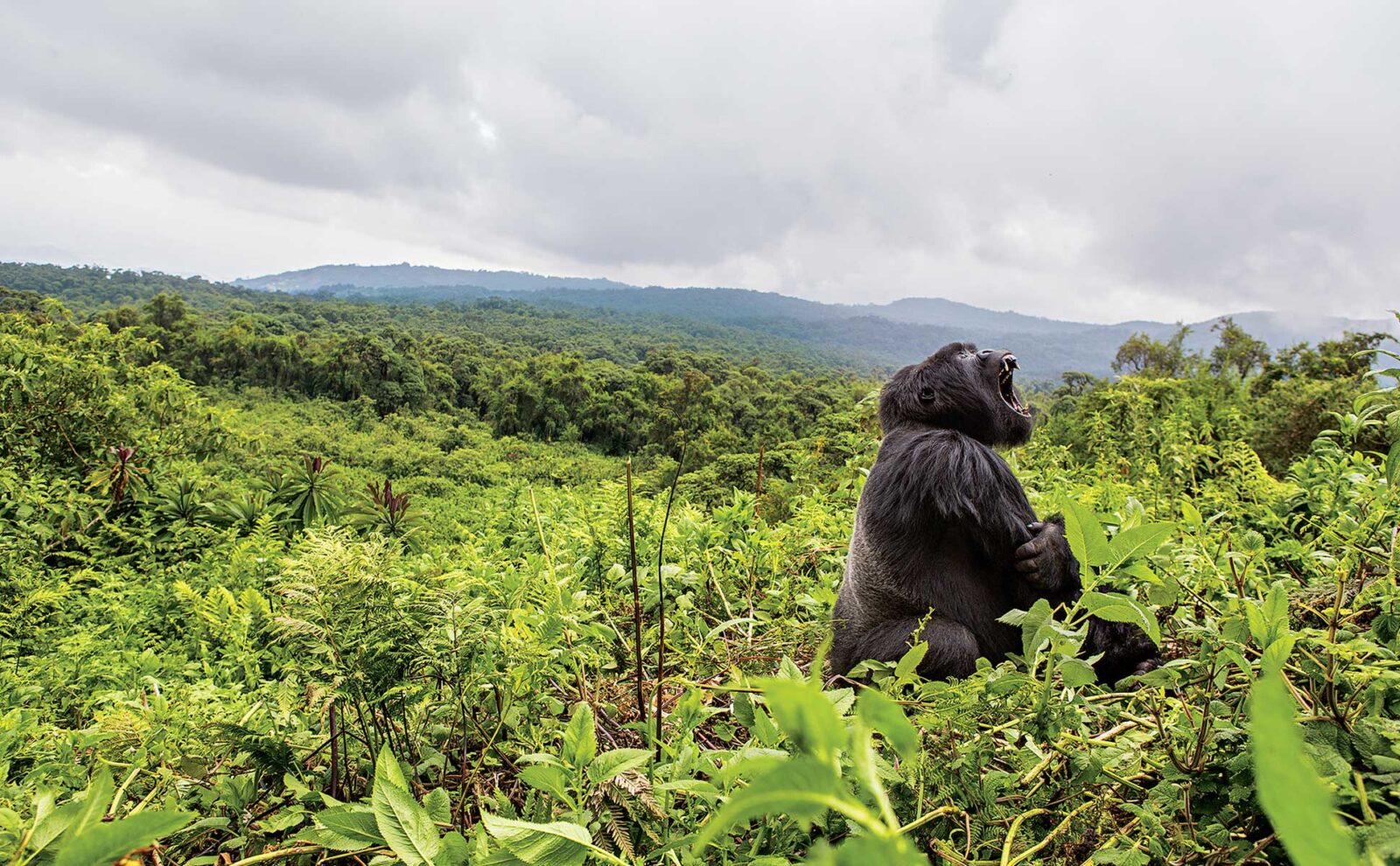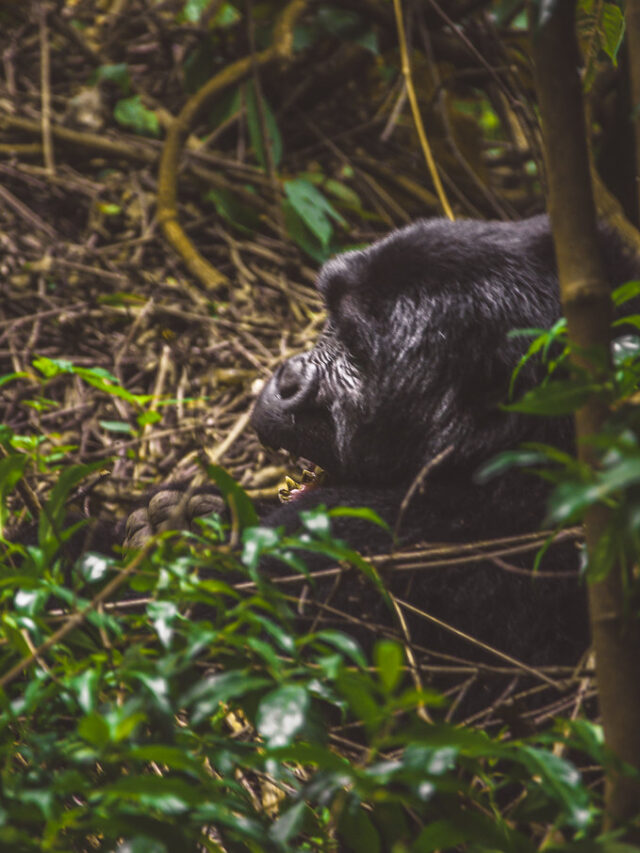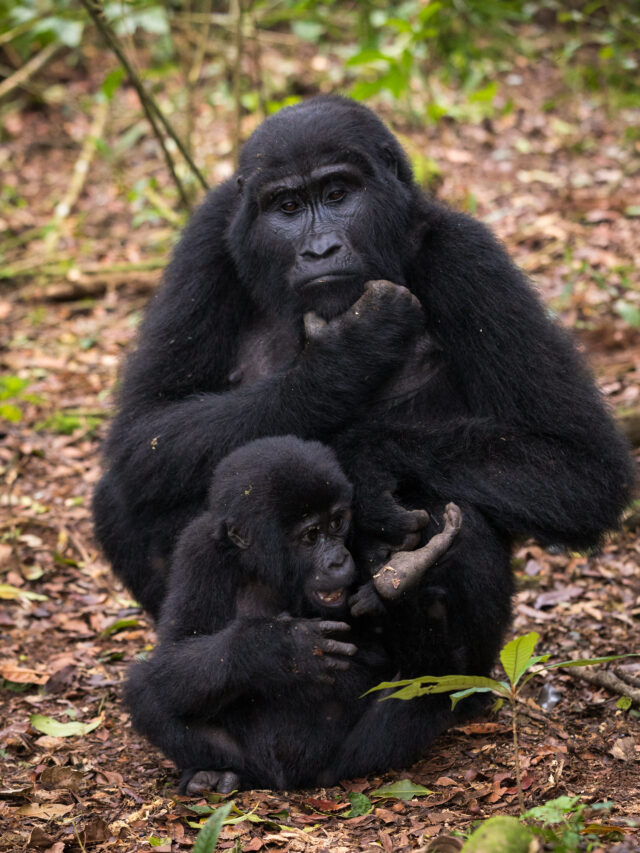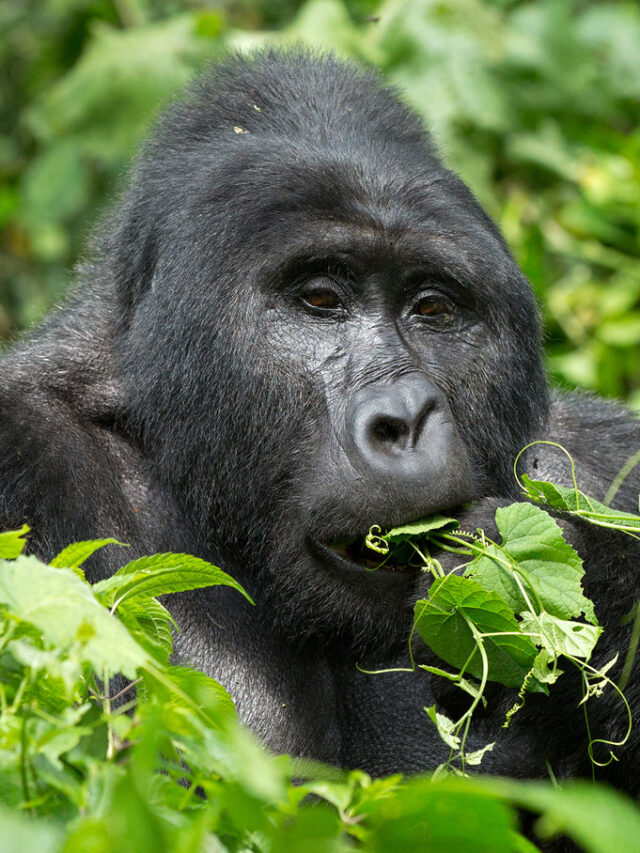What I Expected vs What I Got on a 3-Day Gorilla Trekking and Cultural Safari in Uganda
When Expectations Meet the Wild: Planning a Dream Safari
When I first booked my 3-day gorilla trekking and cultural safari in Uganda, I had a clear picture in my mind. I expected thrilling hikes through dense jungle, awe-inspiring encounters with endangered gorillas, and a few cultural stopovers that would nicely round out the experience. I imagined photos, adventure, and stories worth telling—but I never expected how deeply personal, emotional, and grounding the journey would become. In my head, it was a checklist. In my heart, it turned out to be something far more profound.
The Road to the Rainforest: What I Thought the Journey Would Feel Like
I thought the drive from Kampala to southwestern Uganda would be long and tiring—maybe even boring in parts. What I didn’t expect was how the road itself became part of the safari. The rolling green hills of western Uganda unfolded like a painting, with every curve bringing a new surprise. Crater lakes shimmered in the distance, children waved from the roadside, and the closer we got to Bwindi Impenetrable Forest, the more the mist began to drift in like a welcome spirit. I expected a transit day. What I got was a full immersion into the rhythm of rural Uganda—a slow unraveling of everything I thought I knew about travel and beauty.
The Gorilla Trekking: I Expected Excitement, I Got Raw Emotion
The morning of the trek, I was buzzing with anticipation. I had expected excitement. What I hadn’t expected was how humbling it would feel. The briefing by the Uganda Wildlife Authority ranger set the tone. This wasn’t just tourism—it was conservation in motion. As we stepped into the forest, the air was cool and heavy with the scent of earth and moss. The trek wasn’t easy—it was steep, sweaty, and sometimes silent—but every step felt like a pilgrimage.
And then we saw them.
A family of mountain gorillas, resting under the trees. A silverback with the weight of leadership in his calm gaze. A mother grooming her infant while a juvenile somersaulted nearby like a child craving attention. I had expected to take photos. But what I got was a flood of stillness, of connection. I forgot to lift my camera for a full five minutes. I just watched. In their presence, everything slowed. The jungle felt sacred. That hour flew by, but it stays with me like a heartbeat I can recall any time I close my eyes.
The Cultural Encounters: More Than a Side Activity
I’ll admit—when I saw “cultural experience” on the itinerary, I thought it would be a short village visit. Maybe some dancing, a market, a few smiles for the camera. But what I got instead was genuine connection. Meeting the Batwa community—the forest’s original inhabitants—opened my eyes. Their storytelling wasn’t for performance; it was a sharing of memory, a cultural offering from people who had lived alongside the gorillas long before conservation took root. Sitting around a fire, hearing songs that echoed through generations, I felt the weight of what’s been lost—and the hope that still burns strong.
Later, a visit to a local women’s group introduced me to how tourism is fueling empowerment. Craftsmanship, hospitality, and storytelling all came together in a way that made me feel less like a tourist and more like a guest with something to learn. I expected a cultural stopover. I got living history, hospitality, and perspective.
The Lodge Experience: From Sleep to Storytelling
I expected a place to sleep. What I got was a haven. The lodge—tucked quietly at the edge of the forest—felt like an extension of the wilderness. Warm smiles greeted me on arrival. Meals were fresh, local, and made with care. The evening was spent under starlight, listening to insects sing while fellow trekkers and I swapped stories around a fire. The forest doesn’t end when you leave the trail—it follows you, wraps around your dreams, and stays with you through the night. I expected rest. What I got was peace.
The Bigger Picture: What This 3-Day Safari Truly Gave Me
In the end, what I expected was a bucket-list adventure—a once-in-a-lifetime wildlife experience. What I got was a deeper understanding of Uganda. I gained an emotional bond with a species I once only knew from documentaries. I witnessed the power of community-driven conservation. I met people who live not beside the forest, but with it. And I returned home with a heart that had been cracked open—not by luxury, not by thrill—but by the real, grounded, untamed truth of the wild.
Day 1: The Journey Into the Jungle – From Kampala to Bwindi
I thought the first day would be nothing more than a travel day. A long drive, some countryside, maybe a few scenic stops along the way. What I didn’t expect was just how cinematic Uganda is, especially as you leave Kampala and move southwest through the hills of Kabale and Kisoro. The landscapes shift as you travel—from papyrus swamps to banana plantations, to tea-covered slopes kissed by drifting clouds.
Lunch broke the journey in Mbarara or Ntungamo, depending on your route, where local flavors met warm hospitality. Then, as we climbed toward the edge of Bwindi Impenetrable Forest, I started to feel it—that pull of wilderness. The mist rolled in late in the afternoon like a curtain rising on something sacred. By the time we reached the lodge, the air was quiet, the jungle dense, and something inside me whispered: you’ve arrived where stories live.
I expected fatigue. What I got was a heart wide open in anticipation.
Day 2: Gorilla Trekking – The Day That Changes Everything
The morning came early, but I was already awake. Breakfast felt light even if it wasn’t—because my nerves and excitement had taken over. At the Uganda Wildlife Authority briefing, rangers told us what to expect, how to behave near the gorillas, and why this permit matters—not just for tourism, but for conservation. Then we were divided into small groups, assigned to different gorilla families, and led into the forest.
What I expected was a tough hike followed by a quick sighting. But what I got was a journey into the lungs of Africa, tracking one of the most endangered species on earth with nothing but instincts and footprints to guide us. It took nearly two hours before we found them—a family of mountain gorillas just ahead in a clearing, nestled between vines and giant ferns.
A silverback sat with unmatched calm, every muscle a story of strength, while infants tumbled around him like wild toddlers. One curious juvenile even crept a little closer to our group, making eye contact that hit me right in the gut. For one hour, the forest paused. Cameras snapped quietly, hearts pounded louder. It was not fear or adrenaline—but reverence. In their world, we were simply observers, and in that silence, I felt something ancient rise within me.
The hike back was quieter. The group didn’t speak much—not because we weren’t moved, but because we were overwhelmed by the privilege of what we’d just experienced.
Day 3: Cultural Connection – The Soul of the Forest
By the third day, I thought the highlight had passed. I expected a quick cultural stop—maybe a village dance or a craft shop. What I got was something deeply human and unexpectedly emotional. Visiting the Batwa community opened my eyes to a history I didn’t fully understand. These were the forest’s first people—displaced when conservation boundaries were drawn, yet still deeply connected to the rhythms of the jungle.
Their songs weren’t just music—they were memory. Their stories weren’t rehearsed—they were lived. Sitting around a fire as elders spoke of their past and future, I realized this wasn’t just a cultural add-on. It was part of the forest’s beating heart. Later, I met women’s cooperatives that are using tourism to fund schools, healthcare, and dignity. I saw how every dollar from a gorilla permit can ripple through generations if handled right.
After a warm goodbye, we began the return journey, passing once more through those endless green hills. But I was no longer the same. What I expected was a vacation. What I got was perspective, connection, and a memory that walks with me.
This wasn’t just a safari. It was a soul journey.
